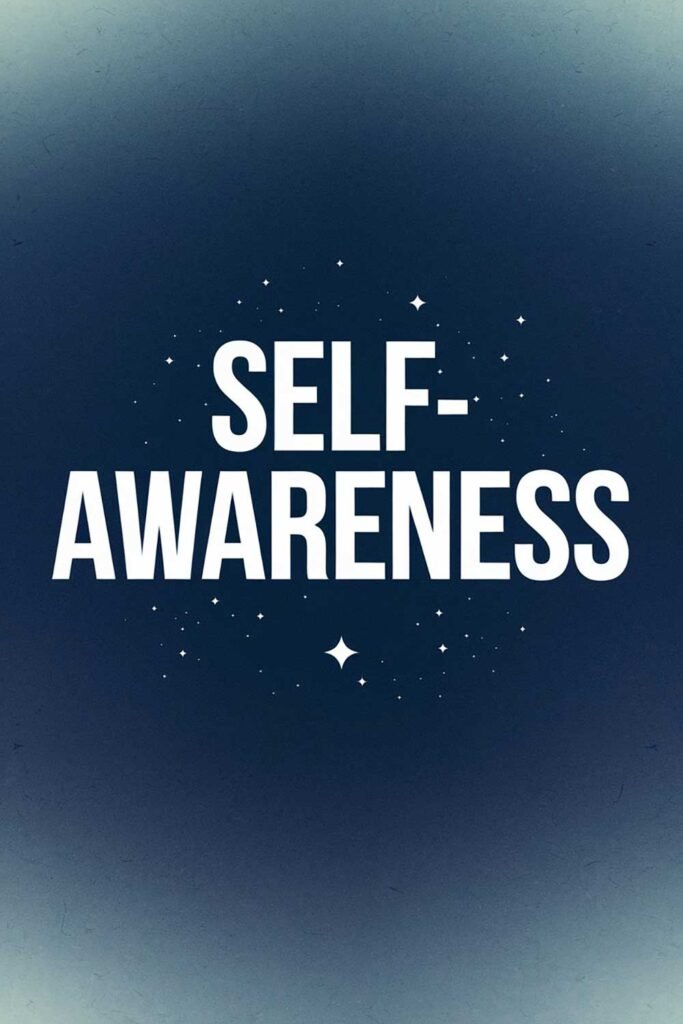Creating a Financial Goals Journal That Keeps You on Track
Creating a Financial Goals Journal isn’t just about writing numbers on a page. It’s about building a trusted, motivating system that turns dreams into action, clarity into confidence, and habits into transformation. Whether you’re just beginning your financial journey or you’re deep into debt payoff or wealth building, a well-designed journal can act as your personal financial roadmap—tracking, celebrating, and guiding you every step of the way.
In this guide, we’ll break down everything you need to know to create a Financial Goals Journal that actually works, keeps you focused, and most importantly, keeps you motivated long-term.
Why a Financial Goals Journal Works
Journaling is one of the most effective tools for self-awareness, discipline, and goal setting. A Financial Goals Journal specifically:
- Keeps your goals visible and top-of-mind
- Provides structure for progress and reflection
- Helps identify money leaks, patterns, and mindset blocks
- Offers motivation during slow or difficult times
- Creates a visual timeline of your financial transformation
The act of writing reinforces memory, commitment, and intention—three ingredients crucial to achieving any long-term goal.
What Should a Financial Goals Journal Include?
Here’s a breakdown of the core sections that make your financial journal a game-changer:
1. Financial Vision Statement
Define your “why.” Describe what financial freedom or success looks like for you. This section acts as your north star, reminding you what you’re working toward.
2. Short-, Mid-, and Long-Term Goals
Categorize your goals by time frame:
- Short-term (0–6 months): Save $1,000 emergency fund
- Mid-term (6 months–2 years): Pay off $10,000 in credit card debt
- Long-term (2+ years): Save for a home or retirement
Use the SMART method (Specific, Measurable, Achievable, Relevant, Time-bound) to structure each goal.
3. Income + Expense Overview
Track:
- Total monthly income
- Fixed expenses (rent, insurance)
- Variable expenses (groceries, gas)
- Discretionary spending (entertainment, dining out)
Seeing where your money goes gives you power to redirect it.
4. Debt Repayment Tracker
Include:
- Debt snowball or avalanche tracker
- Minimum payments
- Extra payments
- Progress charts
- Motivational notes
5. Savings Tracker
Create visual savings jars or thermometer graphics. Include:
- Emergency fund
- Vacation fund
- Holiday/gift sinking fund
- Retirement savings
6. Spending Log
Record daily/weekly transactions. Reflect on purchases:
- Was this aligned with my goals?
- Was it impulsive or intentional?
7. Net Worth Tracker
Track total assets vs. liabilities. Even small shifts over time are encouraging and measurable signs of progress.
8. Monthly Review + Reflection Pages
Include:
- What worked?
- What didn’t?
- Wins I’m celebrating
- Habits I’m adjusting
- Financial mindset insights
9. Gratitude + Affirmations Section
A money mindset matters. Write:
- Things you’re grateful for financially
- Empowering money affirmations: *”I make wise financial decisions.”
10. Vision Board or Inspiration Page
Include:
- Images of your dream home, trip, or lifestyle
- Quotes that inspire you
- Your dream budget breakdown
Real-Life Story: Rachel’s 12-Month Turnaround
Rachel, a 32-year-old marketing professional, started her journal with $18,000 in credit card debt, no emergency fund, and living paycheck to paycheck.
She used a simple notebook with color-coded pens:
- Blue for budgeting
- Green for savings
- Red for debt
Each month, she tracked every payment, celebrated mini milestones, and wrote weekly reflections. After 12 months, she paid off $11,000, built a $2,000 emergency fund, and had her first ever “debt-free Christmas.”
“I didn’t just change my money. I changed my relationship with money. The journal made it personal, visual, and empowering.”
Daily, Weekly, and Monthly Journal Prompts
Daily:
- What money habit did I practice today?
- One small win I’m celebrating:
Weekly:
- What did I spend money on this week?
- What emotional spending patterns do I notice?
- What is one financial boundary I respected?
Monthly:
- What goal did I make progress on?
- How much did I save this month?
- Where did I struggle, and what can I do better?
- What lesson did this month teach me about money?
Tools to Enhance Your Journal
- Stickers or washi tape: For decorating milestone pages
- Printable templates: Available online for free or on Etsy
- Highlighters and pens: Use different colors to represent categories
- Binder clips or tabs: To organize sections
- Envelope pockets: To track cash or receipts
Real-Life Story: Marcus’s Entrepreneur Budget Journal
Marcus started a side business selling handmade candles. To manage irregular income and inventory costs, he built a separate financial journal.
His pages included:
- Weekly income/sales logs
- Supply costs
- Monthly profit goals
- Business savings goals
“It gave me the clarity to grow sustainably. I wasn’t just winging it. I was journaling my growth.”
Digital Journals vs. Physical Journals
Digital Pros:
- Searchable
- Backed up
- Easy calculations and graphs
Physical Pros:
- Tangible and creative
- Deeper emotional connection
- No screen time
Hybrid Idea: Use an Excel sheet for numbers and a paper journal for reflections and goals.
20 Inspirational Quotes About Financial Goals Journals
“Don’t just budget. Build a life that reflects your values.”
“Your goals need a home. Give them space to grow.”
“Write your dreams in ink and your doubts in pencil.”
“Clarity is the first step toward financial freedom.”
“Your financial journal is a love letter to your future self.”
“Transformation begins with a single page.”
“Track your habits, treasure your progress.”
“Every dollar you track is a decision you own.”
“Your money mindset lives on paper first.”
“You don’t need to be perfect—just present.”
“Wealth starts with awareness, not abundance.”
“Budgeting is a self-care ritual.”
“Your journal reflects the effort the world doesn’t see.”
“Accountability on paper becomes action in life.”
“Write the future you wish to live.”
“Numbers tell a story—make yours one of growth.”
“Every entry is a seed. Water it.”
“Debt-free days begin with debt-tracking nights.”
“Build a habit, and the results will follow.”
“Let your journal be your financial therapist.”
💫 Picture This
It’s early morning. You open your journal, a peaceful space filled with handwritten goals, colorful charts, and reminders of how far you’ve come. Your savings tracker is nearly full. Your debt thermometer is halfway down. You feel excited, not overwhelmed. You’re in control. You know what to do, and your journal is proof that you can do it.
What if one journal could help you pay off debt, build wealth, and rewrite your financial story?
🌟 Please Share This Article
If this article inspired you to begin your own Financial Goals Journal or gave you ideas to level up your existing one, please share it. Post it on your favorite platform, text it to a friend, or mention it in your budgeting group. Someone else may be one journal away from their financial breakthrough.
⚠️ Disclaimer
This article is based on personal experience and general financial practices. It is not financial advice. Always consult with a certified financial planner, accountant, or money coach for guidance tailored to your unique circumstances.






